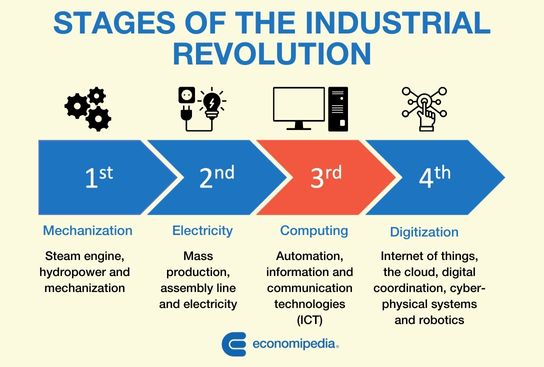Third Industrial Revolution
The Third Industrial Revolution is a process that is defined by the changes that have taken place in sectors that are so present in the daily lives of many people, such as communications and energy.
The Third Industrial Revolution was a multipolar process, led by the United States, Japan and the European Union. Its beginnings date back to the mid-20th century. It is linked to the term «Information Society». There is no consensus on a specific date to determine its end.
This concept was launched by the American sociologist and economist Jeremy Rifkin. It was subsequently taken up and endorsed by organisations and institutions such as, for example, the European Parliament in 2006. It is based on the confluence and complementarity of new communication and energy technologies.
Origin of the Third Industrial Revolution
The First Industrial Revolution was based on elements such as the use of coal and the concentration of capital, among others. The Second Industrial Revolution was based on the development of railways and the introduction of other fossil fuels, such as oil. The Third Industrial Revolution, on the other hand, was based on very different technologies, so that the link with the previous ones is much weaker.
The Third Industrial Revolution is based on new information and communication technologies, as well as on innovations that enable the development of renewable energies. As a result of the potential of these two elements acting together, major changes are foreseen in several areas. Never before has such a high level of interactivity and intercommunication been reached, while innovations in the field of energy could bring about such a substantial change as that foreseen with the development and exploitation of renewable energy sources.
Innovations of the Third Industrial Revolution
The strong potential for change brought about by the convergence of new technologies in communication and energy has been having a major impact. In a paper published by Jeremy Rifkin himself entitled «The Third Industrial Revolution: How the internet, green electricity, and 3D printers are ushering in an era of distributed capitalism», he states that the five pillars of this Revolution are:
- The transformation of renewable energies.
- Use buildings on each continent in micro power plants to generate renewable energy.
- Expand hydrogen and other storage technologies in every building, as well as in all energy storage infrastructure.
- Use the internet to transform the global electricity grid into an energy network that acts as a connection to the internet.
- Transition from fossil fuel vehicles to plug-in and fuel cell electric vehicles that can buy and sell green electricity through a smart, continental, interactive grid system.
These pillars, on which the process has been based, have borne fruit in the form of a number of innovations that are present in people’s daily lives and which are of great importance from an economic perspective. These include the Internet, fibre optics, fibreglass and advances in nanotechnology.
Challenges, dangers and opportunities
Like all socio-economic changes, there are favourable, unfavourable or challenging aspects for the societies in which they occur. Previous industrial revolutions altered social and economic realities, but also political, cultural and institutional aspects. One of the main risks, therefore, is that inequality will increase as a result of imbalances in access to the new technologies.
These imbalances can occur within societies, but also between societies. Thus, without proper management of the new reality, social differences between members of a given society, but also power differences between different nations, can increase.
Despite these dangers, an optimal form of management can serve to alleviate crisis situations and improve general welfare. For example, the development of these new technologies has led to innovations in the field of medicine. More effective forms of communication have been developed than ever before. And in the design of cleaner and more sustainable energy tools. It can boost an economy or create new jobs and reduce unemployment. And even progress can be made towards achieving optimal management of limited resources, without jeopardising, or at least minimising, the future of future generations. He also highlighted the importance of developing intelligent R&D&I policies.
In short, it seems necessary to be aware that technological advances are not good or bad in themselves, but depend on what they can achieve, how they are managed, and on whom the improvements are passed on to.


